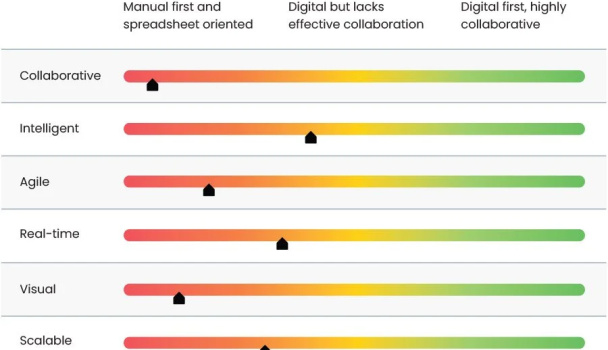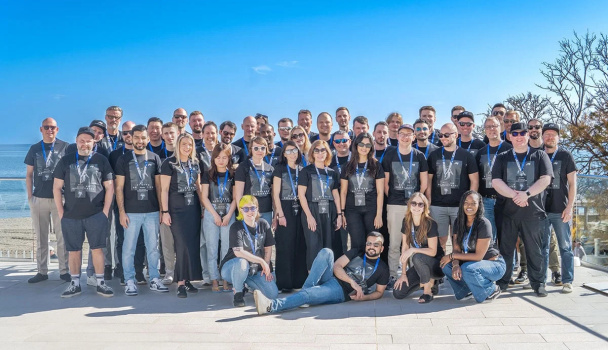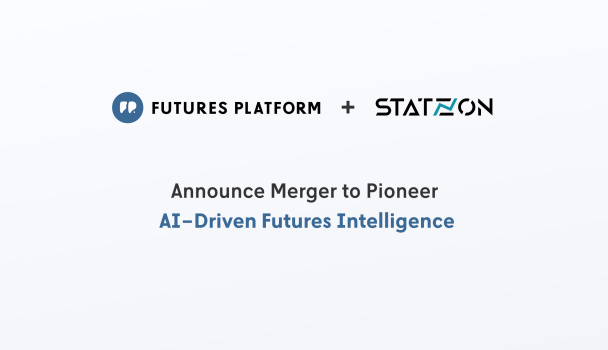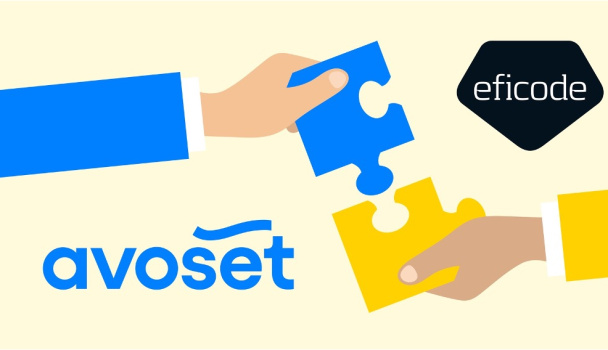What SaaS Startups Need to Know about Customer Success Management (CSM)

80% of all software companies will run a subscription based business model by 2020. What will determine whose products the users will love most? Takeoff Academy organized a workshop among 9 companies to look into the best practices of Customer Success Management.
The entire SaaS community talks about Customer Success Management (CSM); so much so that it has become a discipline of its own, it’s being taught at business schools and there are blogs, websites and consulting businesses entirely dedicated to the best practices of running successful CSM operations. But what is CSM in the first place?
The Customer Success Association explains: “Customer Success Management is an integration of functions and activities of Marketing, Sales, Professional Services, Training and Support into a new profession to meet the needs of recurring revenue model companies.”
The Emperor’s new clothes or a new management discipline?
Takeoff Academy recently gathered together with a handful of Finnish SaaS companies, with the task of getting to the bottom of Customer Success. What is critical to understand about CSM, and how should the operation be established and managed?
Also, considering the traditional Marketing, Sales, Account Management, and Customer Support functions, what is it that makes CSM such a novel concept that it deserves its own vocabulary and best practices? Is Customer Success Management just the Emperor’s new clothes, or is there something substantially different to it from the traditional customer management practices?
In the Takeoff Academy workshop discussions, nine companies participated: Humap Software, Futures Platform, Pilvi, LATO Tools, Videoly, and Cuckoo Workout. In addition, we heard insightful presentations from Meltwater, ZEF, and finally ClientSuccess (yes indeed), joining in online from the US.
Customer Success is the new Sales
Dave Blake, ClientSuccess, Inc.
The fundamental driver for a new discipline in customer management is the recurring revenue model of SaaS businesses. With a globally scalable online business model, SaaS companies focus first on nailing their product, then scaling their business as rapidly as possible, month by month.
It’s an execution game; for every viable SaaS product, there’s normally plenty of competition from different corners of the world, so the fastest runners will be rewarded, while most contestants will never make it to the podium.
‘Running fast’ in this context means selling fast, and keeping the already won customers around the world happily locked in. How? You guessed it – Customer Success Management. Customers that genuinely benefit from your product will be the best guarantee of both recurring and new sales.
CSM should be on the customer’s side
The key to understanding how CSM differs from the traditional marketing, sales, account management and customer support lies in taking the customer’s point of view. For the customer, adopting a new product or service usually means obtaining a budget, learning to use the product, engaging colleagues to also use it, and making sure the new product makes the organization’s life easier than the previous products in use.
That’s a complex set of activities, and there are a million things that could go wrong and lead to the product being dropped after a short trial period. From the vendor’s point of view, making sure the customer will be successful in using their product will require sales efforts, consulting, training, and after-marketing almost in parallel.
So the Customer Success Manager should be the customer’s best friend and advisor, making sure the customer won’t miss any of the benefits at any point in time that they could get from using the vendor’s product. What makes things more complicated is that the CS Manager is, after all, paid by the vendor. So while focusing on the customer’s point of view, they should not lose sight of the vendor’s own interests which is, of course, increased sales.
A lone CS Manager wears many hats: S/he’s a consultant, salesperson, marketing champion and support person in one. The perceived complexity of CSM is largely about the complexity of constantly switching those hats on the fly, as the customer’s needs evolve. As the CSM function grows, people in it typically adopt somewhat specialized roles.
How do you map out a Customer Journey for so very different customers?
Tiina Raekallio, Humap Software Oy
So the customer’s needs will evolve over time, and indeed the customers may also be very different from each other. One of the key best practices in running a systematic CSM operation is mapping out the customer’s journey (or the alternative journey paths).
Customer journey mapping deserves a whole lot of time and effort since the customer’s typical path(s) with the vendor will inevitably become the framework for the daily CS activities. Like Dave Blake from Client Success, Inc. put it: “Entire books could be, and have been, written about customer journey mapping alone”.
It pays to spend time with what happens at each stage of the customer relationship. That way, the vendor can anticipate where CS efforts will be needed to make sure the amount of churn is minimized and the sales opportunities maximized. The product itself will give a lot of data, too to the process; how the customer is using the product may direct sales efforts and product development.
Leveraging data: ‘Customer Health Score’ captures the state of the relationship
Juha Westerlund, Meltwater Oy
We mentioned data. One of the key components of the modern CSM is indeed the data that accumulates because of the scale of the SaaS businesses. When the business expands, usage and transactions data accumulates, and analytics will quickly reveal patterns in the customers’ behavior. With patterns, it becomes possible to predict the customer’s future behavior based on their journey so far.
Juha Westerlund described in the workshop how a customer ‘Health Score’ can help in evaluating the state of the business relationship. The relationship may receive a value between 0 and 100 based on data from the product’s usage, potential satisfaction survey results, open comments by the customer, and so forth. Naturally a Health Score can never be an exact estimate of how the lifecycle of the customer relationship will evolve, yet it usually correlates with how committed the customer is to maintaining the business relationship.
Scoring and predicting the customer’s lifecycle is also interesting from the investors’ point of view. In SaaS businesses, one of the most critical metrics to watch is net churn: The level of net churn will have a huge impact over time on the scalability of the business and, consequently, on the current valuation of the company. Low levels of net churn combined with a steady growth of new business will eventually result in the much desired hockey stick shaped growth curve, while high churn rates will mean the business may never really scale up.
Data is a reason to contact and inform the customer
One more point about data: In the spirit of modern content marketing, the customers will expect SaaS vendors to come up with valuable insights and best practices every now and then; to serve as consultants and thought leaders essentially. Data comes in handy for this purpose: With analyzed data, it’s possible to communicate how the customer’s organization is benefiting from the vendor’s product, benchmark its usage against other user organizations, and point out best practices and new ideas. This will be very helpful for the customer – and it will also provide the vendor’s CSM people an excuse to contact the customer, strengthen the relationship, and potentially sell more.
Building a CS organization: Make sure the costs won’t exceed the customer lifetime value (LTV)
Maria Lahtinen, ZEF Oy
Many companies first struggle with resources when setting up a CS function: Its importance is recognized, yet it may not be possible to fully dedicate even one person to develop the function with high quality. Hence the first CS efforts in many companies tend to be reactive rather than proactive just because time and human resources become a bottleneck.
Balancing resources remains a topic throughout the customer’s lifetime. The company may direct lots of support, sales and marketing efforts towards the customer, yet if the efforts won’t result in an increased lifetime value of the customer, part of the CS effort is wasted. So whatever the CS resources put their efforts on should be measured and evaluated against targets.
Rules of Thumb:
Each CSM should manage ~$2 million in Annual Recurring Revenue (ARR)
CSM managing > 50 clients needs automation
Dave Blake, Client Success, Inc.
How much should be invested in the CS organization as the company grows? As a rule of thumb, one CS person can handle 50 accounts, after which automated processes and tools will be required. The participants in the workshop agreed that in particular, a good CRM system from the very beginning pays off as the company’s business scales up.
Tools and systems for CSM are a topic as such and let’s just say that most companies use a complex combination of different systems in parallel. The complexity of coexisting software tools has paved way for tools that are entirely dedicated to CSM; such as Dave Blake’s Client Success Inc.
Marketing automation plays a big role in CSM; expectations are created by marketing
Lassi Virtanen, Pilvi.com
What is the CS organization’s most important role then? As ZEF’s Maria Lahtinen put it, at the end of the day it’s sales. According to the old truth, it’s way easier to sell more to an existing customer than to win entirely new customers. So the CS organization should aim at upselling and cross-selling to existing customers, while preventing churn. Because of the strong sales nature of the CS roles, the persons involved should be incentivized by salary models and bonuses similar to those in the traditional sales roles.
The CS organization should also make sure the product and the customer’s experience with it lives up to the promises made in the marketing phase; not a small task especially if the customers have expectations that end up being in contrast with the reality.
Customer Success Management is a team sport: Invest in Culture
Dave Blake, ClientSuccess, Inc.
Is Customer Success Management an art or science? Since data and metrics play a big role in establishing and developing a high quality CSM organization, one would think a scientific approach is a safe bet. Yet every presenter in our workshop stressed the huge impact of company culture on the customer’s eventual success.
Judging by the experiences of the participants, data, KPI’s and significant financial incentives will be very necessary and helpful in running CSM. Yet as the customer’s eventual success will be a result of so many people with different roles sharing the same goal – the customer’s success - the culture of cooperation will be perhaps even more important than KPI’s. As Meltwater’s Juha Westerlund put it, people are generally not very fond of being managed with KPI’s; they’d rather serve the customers as best they can, as suggested by the strong customer success culture.
One can even argue that a very strong and customer-oriented company culture may make some of the more formal CSM work unnecessary over time.






